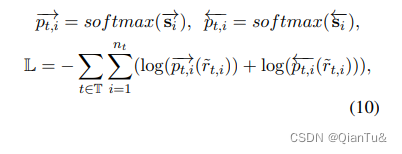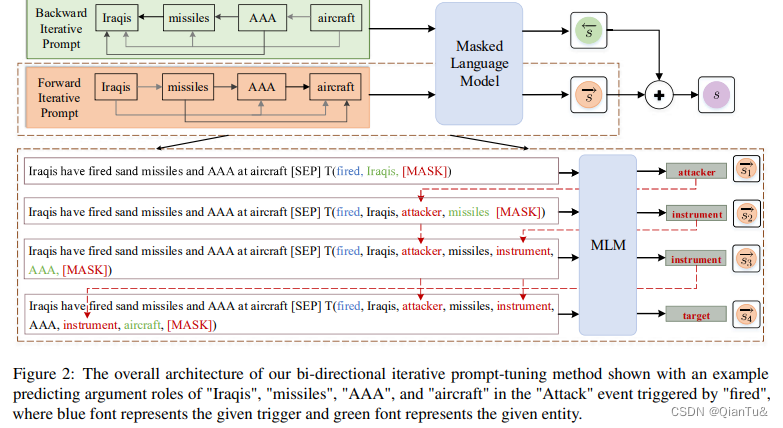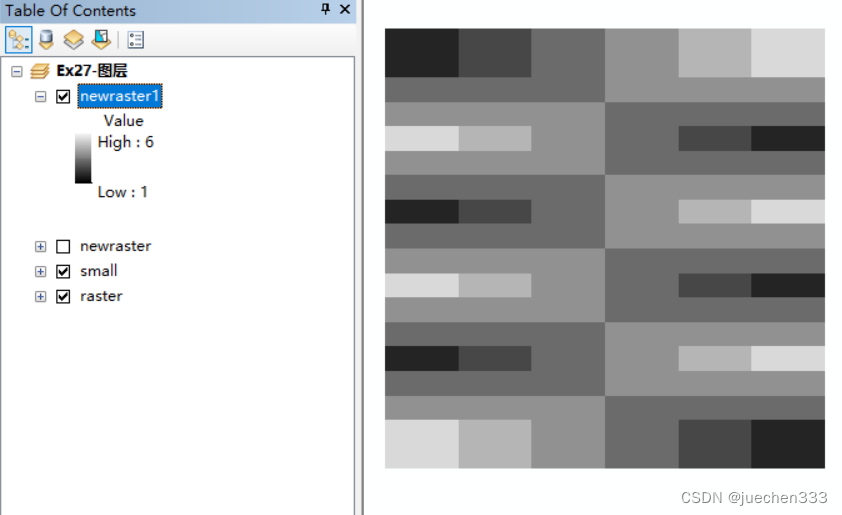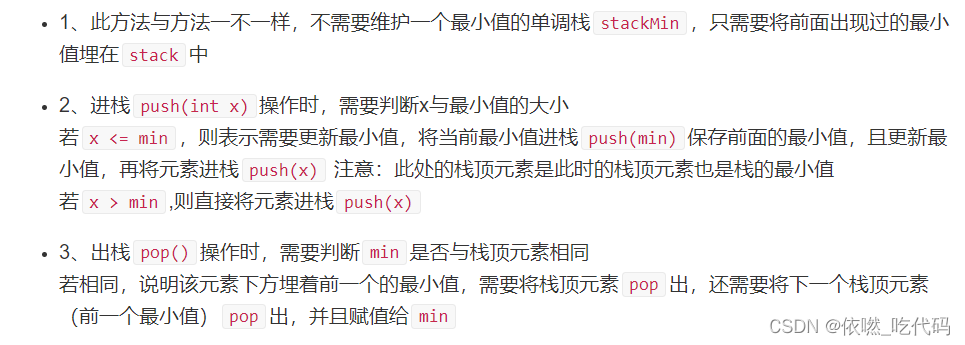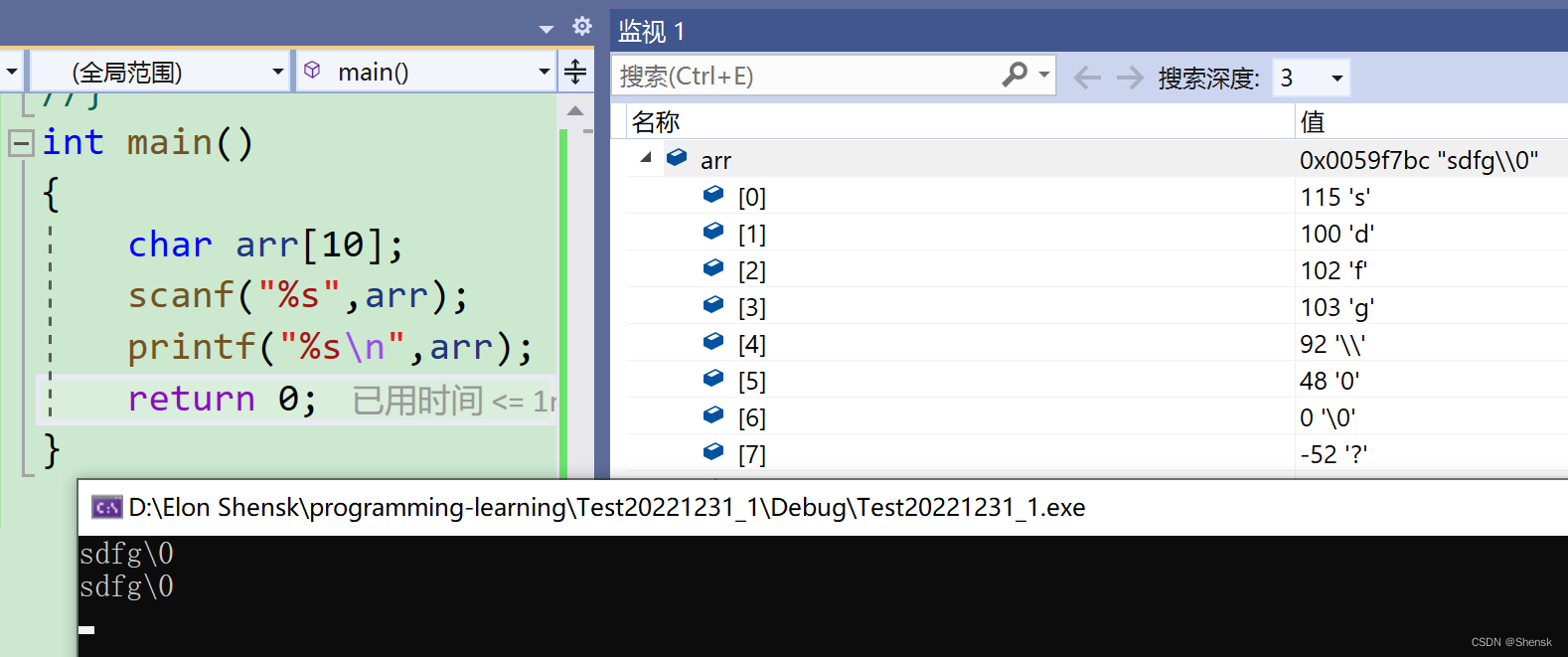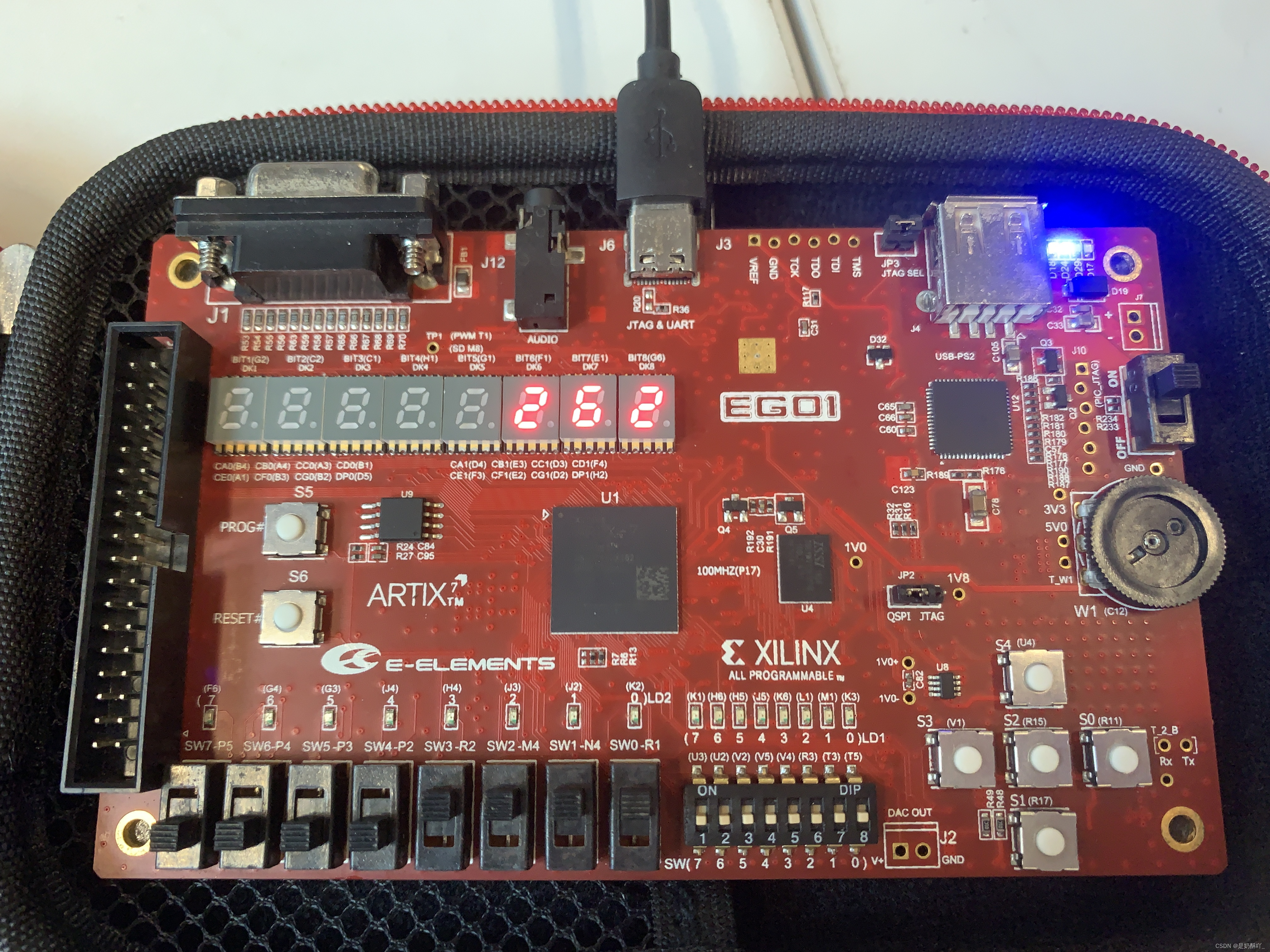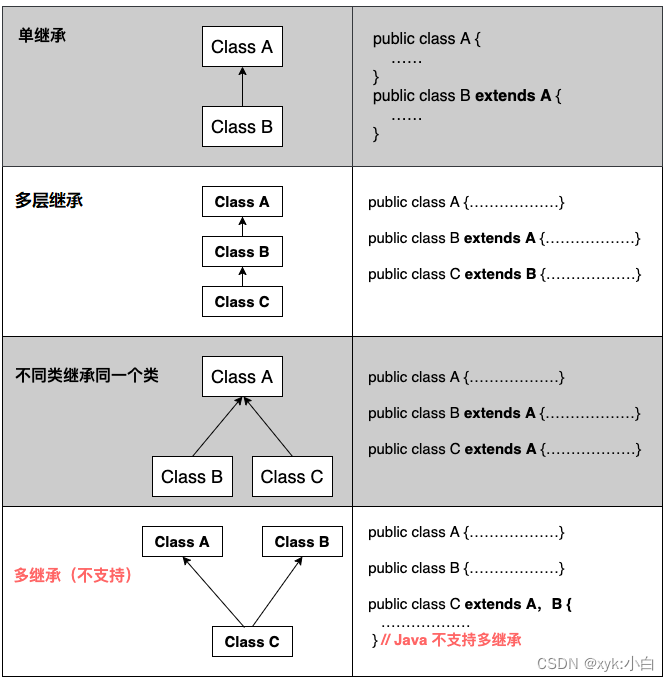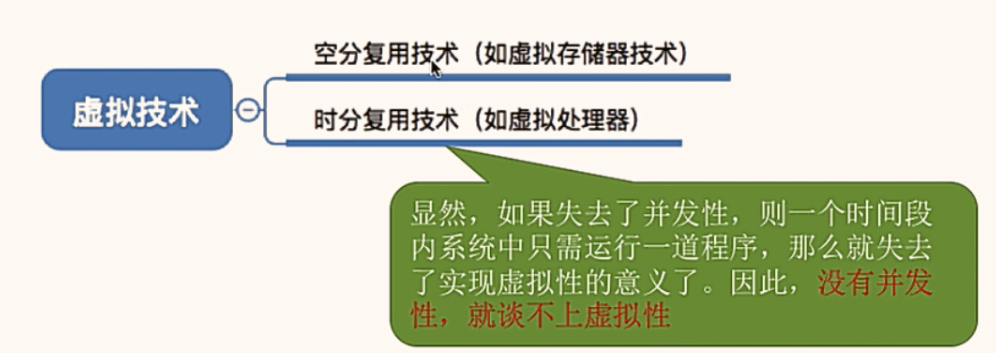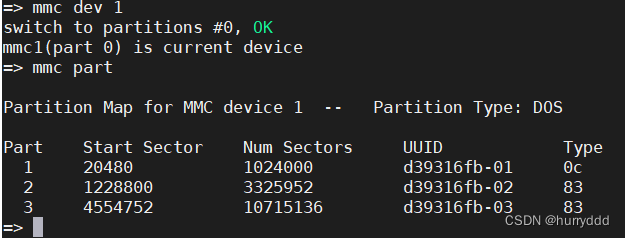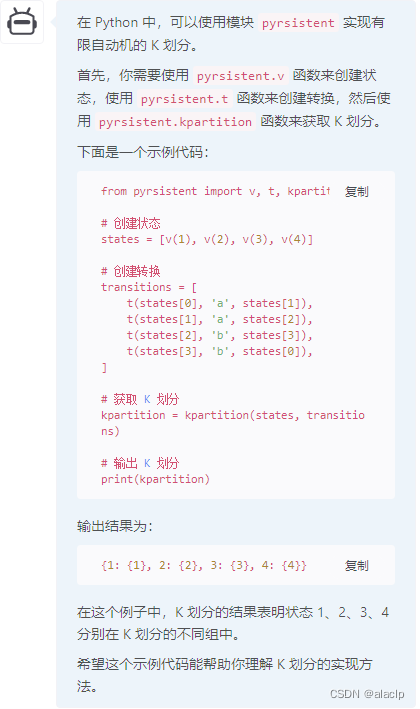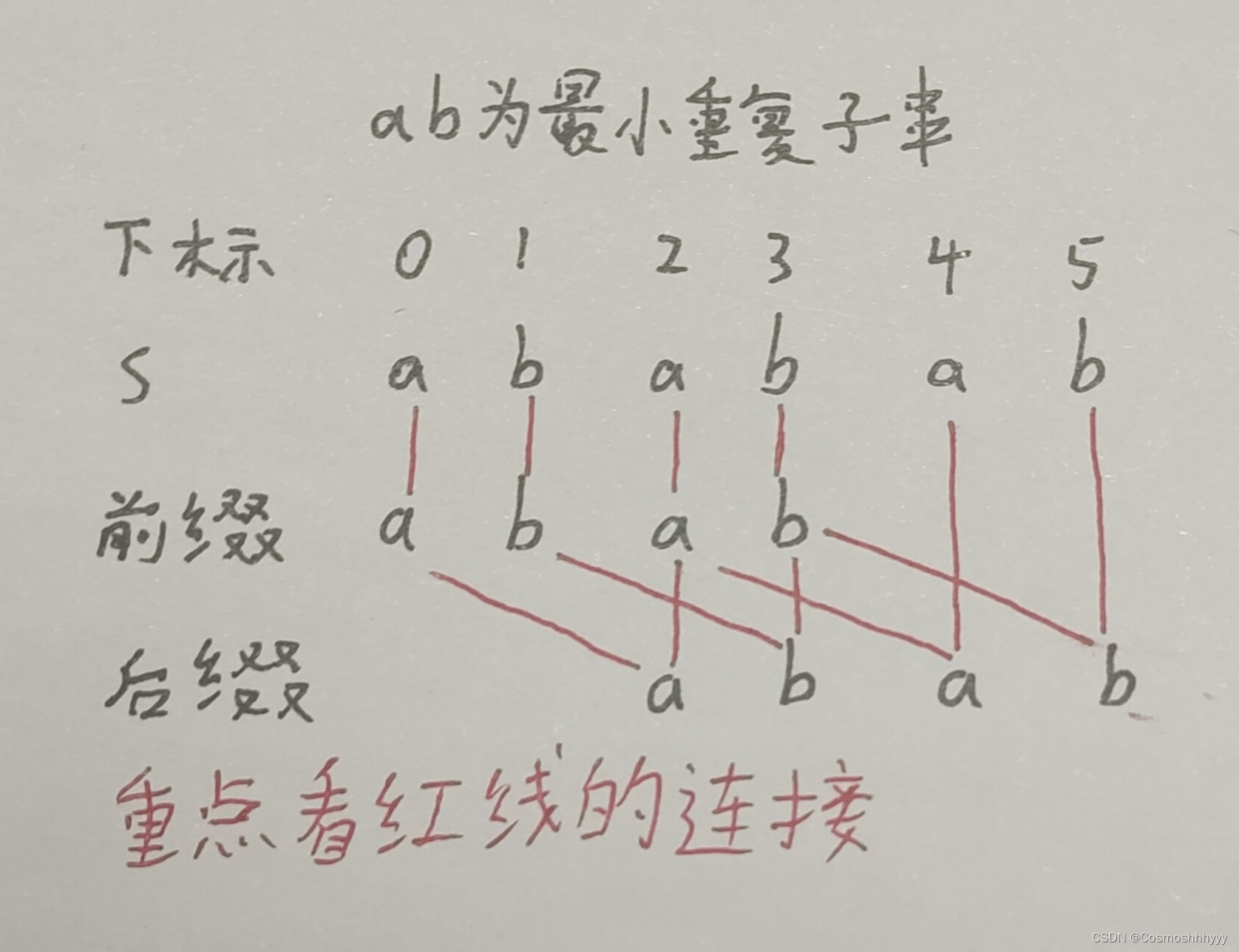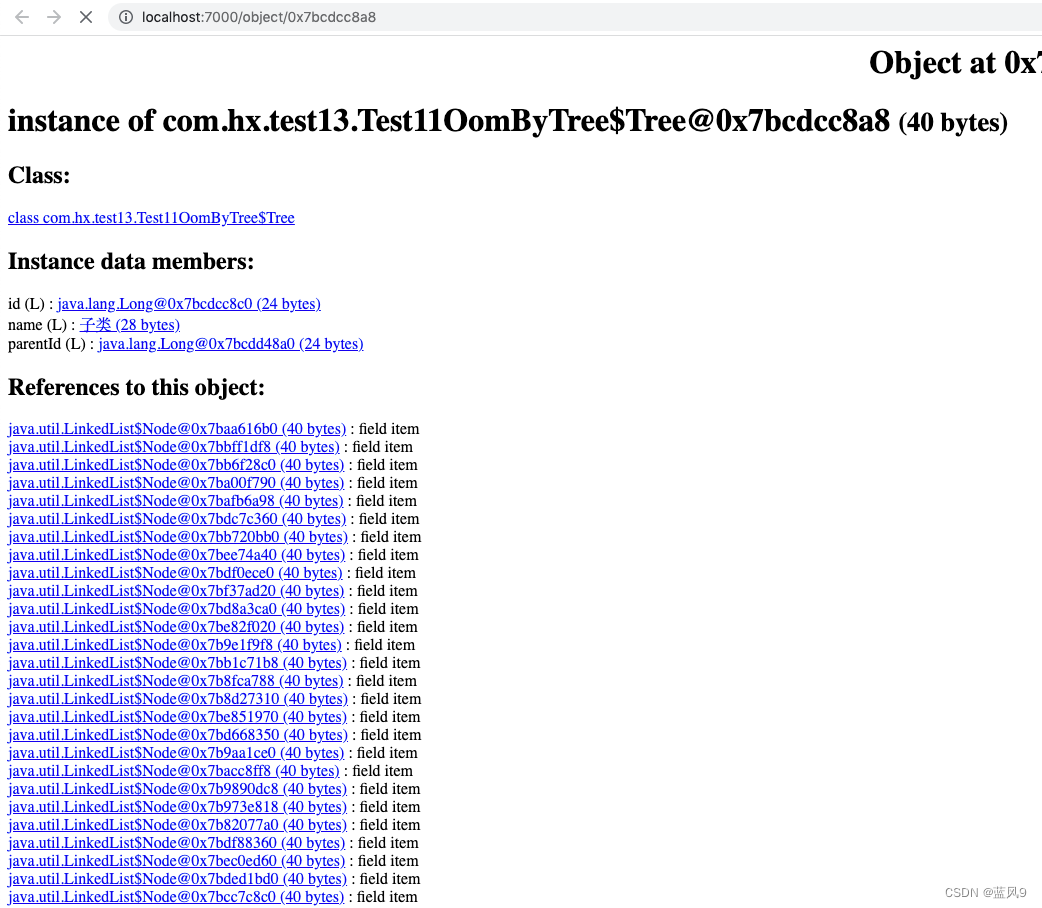总结
文中的前向和后向的思想可以借鉴下。
但总的来看,似乎是通过前向和后向来做的ensemble操作,虽然是在一个模型下,但同时前向和后向概率保证,可能能够使得预测更准确。
任务形式:event argument extraction (EAE)————但文中做的具体是预测每个实体的下的argument的role
以往的工作:classification-based methods; machine reading comprehension-based methods; generationbased method
文章工作:we propose to utilize the role label semantic knowledge to construct a semantic verbalizer and design three kinds of templates for the EAE tasks
三种templates:
贡献:1.利用label的语义知识构建语义verbalizer;2.设计三种不同的templates ( hard template, soft template, and hard-soft template)
Given a sentence
S, an event trigger t with event type, and n entities
{e1, e2, …, en}, the goal is to predict the argument
role of each entity in the event triggered by t and
output a set of argument roles {r1, r2, …, rn}.
整体框架
分为前向和后向下的提示微调,FIP和BIP,即(forward iteration prompt和backward iteration prompt)
两种prompt,分别是from left 2 right和from right 2 left。
在两个方向下的prompt中,得到第i个entity role的confidence score。


the final argument role confidence score等于:

训练目标
p前向templates和后向templates下的概率,r表示第i个位置entity下的entity role的预测概率值。
